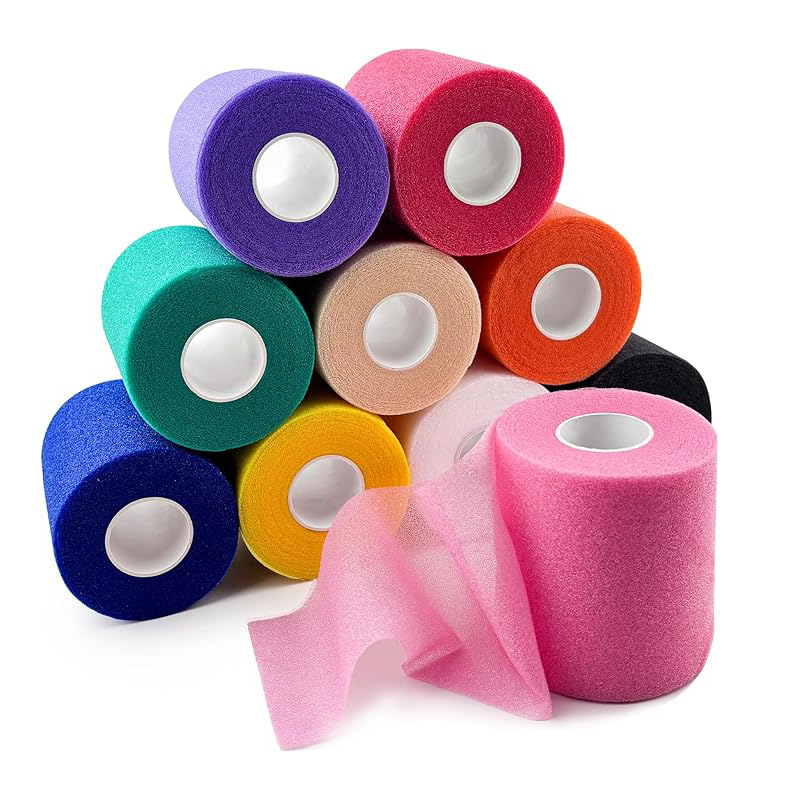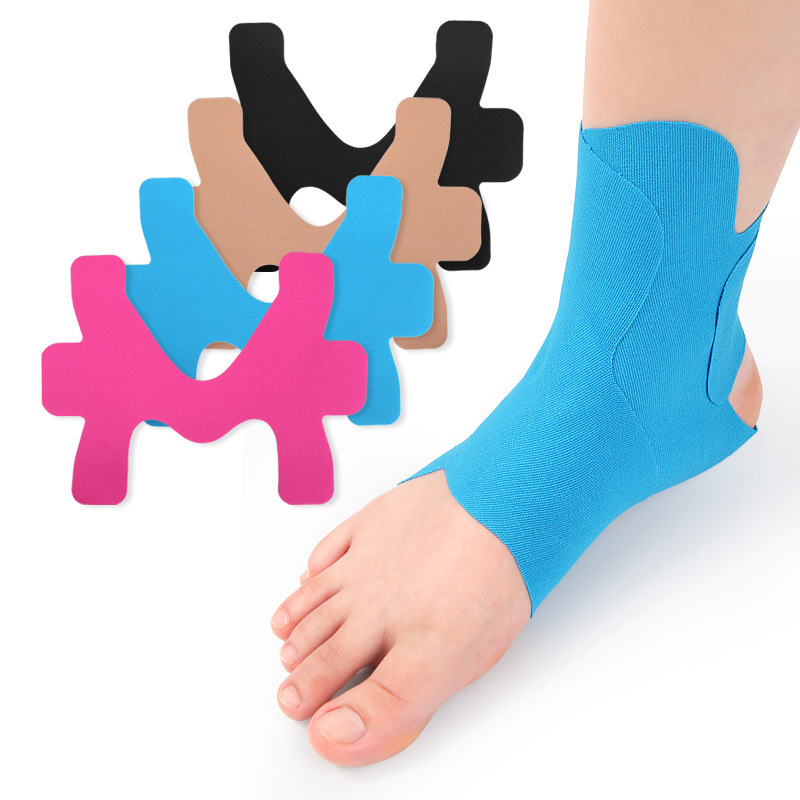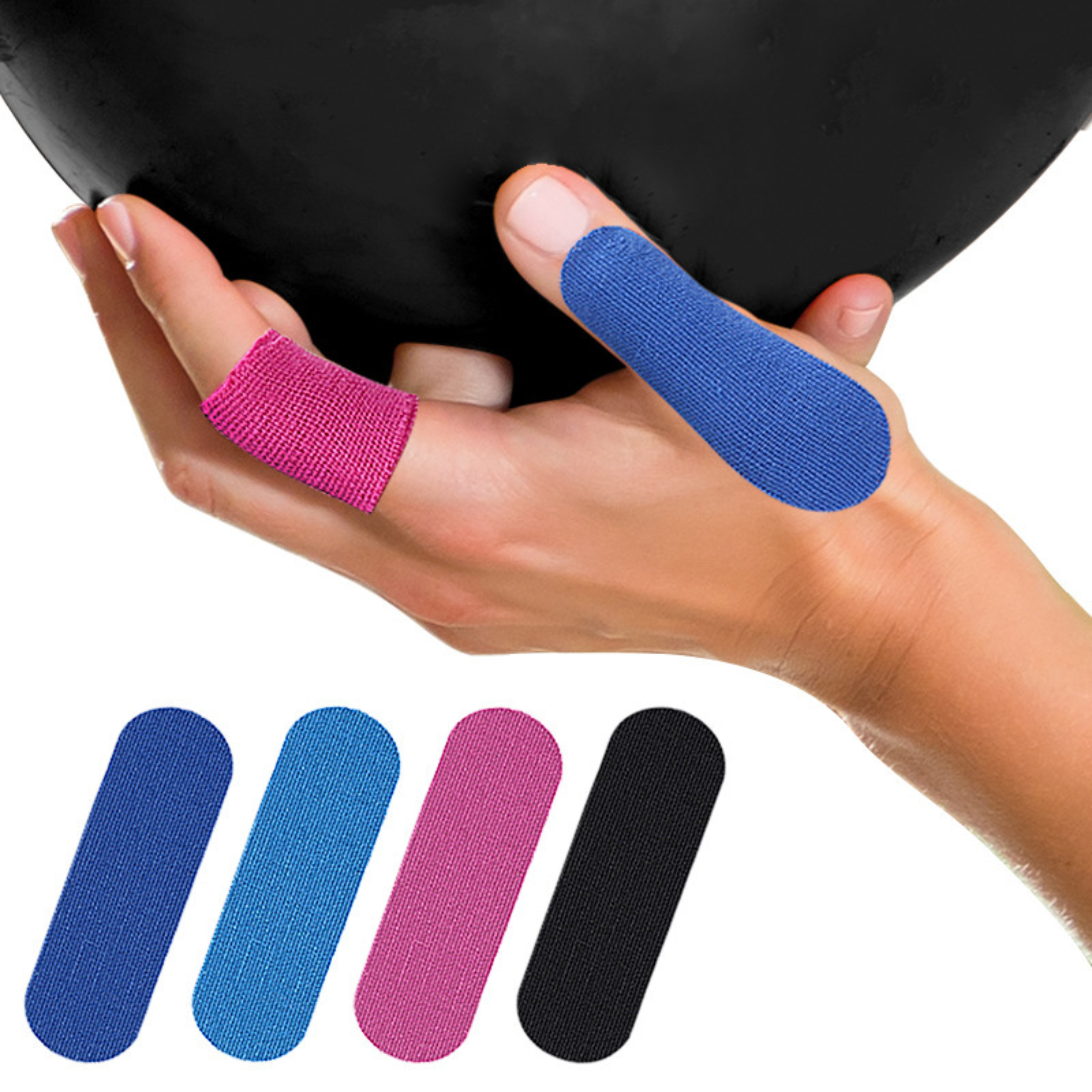News

Can Underwrap Foam Help Stabilize Joints During Exercise
Athletes, physiotherapists, and trainers have long recognized the importance of joint support during physical activity. Joints, such as the knees, ankles, and wrists, are subject to significant stress during exercise. Even in low-impact activities, repeated movement can place strain on ligaments, tendons, and surrounding tissues. For this reason, protective measures are often employed to reduce injury risk and enhance comfort during exercise. One such measure is the use of underwrap foam, a lightweight, flexible material commonly placed between the skin and adhesive tape.
Understanding Underwrap Foam
Underwrap foam is a thin, soft foam sheet made from latex-free polyurethane. It is designed to provide a cushioning barrier between the skin and athletic tape. Its primary purpose is to prevent irritation, chafing, and skin trauma caused by adhesive products. While it is not an external brace or structural support by itself, underwrap foam plays a complementary role in joint stabilization by creating a comfortable, protective base that allows tape to adhere more effectively. Its soft, flexible nature ensures that it conforms to the contours of the body while maintaining mobility.
The foam is typically tearable by hand, allowing for quick application and adjustment without the need for cutting tools. It is breathable, lightweight, and available in different widths and lengths to suit various taping needs. These qualities make underwrap foam a standard item in training rooms, physiotherapy clinics, and personal athletic kits.
Joint Stability and Its Importance
Joint stability refers to the ability of a joint to maintain its proper alignment and resist abnormal or excessive movement. Stability is primarily provided by a combination of bones, ligaments, tendons, muscles, and the surrounding connective tissues. During exercise, joints experience repetitive stress and dynamic motion, which can lead to instability if the supporting structures are weak, fatigued, or injured. Instability may result in sprains, strains, or more serious injuries that require extended recovery periods.
Preventing instability often involves a combination of strengthening exercises, proper technique, and external support. Athletic taping and bracing are widely used methods to provide additional stability to joints, particularly in high-impact or repetitive activities. Underwrap foam is an integral part of this process because it enhances the effectiveness of tape while protecting the skin from damage.
How Underwrap Foam Supports Joint Stability
While underwrap foam itself does not provide rigid support, it contributes indirectly to joint stability in several ways:
-
Enhancing Tape Adherence
Athletic tape is often applied to reinforce the natural limits of joint movement. Direct contact of tape with skin can cause discomfort, chafing, or irritation, which may lead an athlete to adjust or remove the tape prematurely. Underwrap foam creates a smooth, cushioned surface that allows tape to adhere more securely without causing skin trauma. When the tape remains in place as intended, it can properly restrict excessive joint motion and provide stability. -
Reducing Friction and Irritation
Friction and irritation can compromise joint support. If tape rubs against the skin, it may peel or loosen during activity, reducing its effectiveness. The foam barrier prevents this by cushioning the skin and reducing direct contact with the adhesive. This helps maintain consistent pressure around the joint, supporting stability throughout exercise. -
Providing a Layer of Comfort
Comfort is closely linked to performance. Athletes are more likely to maintain proper joint alignment and controlled movements when they experience minimal discomfort. By acting as a soft buffer, underwrap foam reduces pressure points and uneven compression from tape or strapping, allowing athletes to move naturally while still benefiting from external support. -
Facilitating Proper Tape Application
Certain joints, like the ankle, require precise taping techniques to maximize stability. Underwrap foam allows tape to be applied evenly and without gaps or wrinkles. This ensures that the tape can function as a stabilizing layer, restricting unwanted motion while preserving mobility in the joint’s natural range.

Common Applications of Underwrap Foam for Joint Support
Underwrap foam is most commonly used in combination with athletic tape to support specific joints during exercise. Some examples include:
-
Ankle Support:
During running, jumping, or cutting movements, the ankle is highly susceptible to sprains. Underwrap foam can be applied around the ankle before taping to provide a smooth surface for the tape, reduce irritation, and ensure consistent compression around the ligaments. Properly applied tape, cushioned by the foam, can limit inversion or eversion movements that often lead to sprains. -
Wrist Support:
Weightlifting, gymnastics, and racquet sports place considerable stress on the wrists. Underwrap foam beneath tape helps maintain skin comfort while securing the joint. This allows the tape to function as intended, restricting excessive extension or flexion and reducing strain on tendons and ligaments. -
Knee Support:
Knees are complex joints vulnerable to injury during running, jumping, and pivoting. While foam does not replace knee braces, it improves the application of supportive tape or strapping. By providing cushioning and even pressure distribution, underwrap foam enhances the effectiveness of taping techniques designed to limit lateral or rotational stress. -
Other Joints:
Elbows, fingers, and shoulders can also benefit from the protective and stabilizing function of underwrap foam when combined with appropriate taping methods.
Practical Considerations for Using Underwrap Foam
When incorporating underwrap foam into joint stabilization routines, several practical considerations should be noted:
-
Skin Sensitivity
Always ensure the skin is clean and dry before applying foam and tape. Although underwrap foam reduces irritation, some individuals with very sensitive skin may still experience mild reactions. Choosing a latex-free product helps mitigate allergic responses. -
Layering Technique
Foam should be applied smoothly without folds or wrinkles, as these can create uneven pressure points. Depending on the joint and activity level, one or multiple layers may be used to optimize cushioning. -
Tape Compatibility
Underwrap foam is designed to work with a variety of athletic tapes. Ensure that the tape adheres adequately to the foam to maintain support. Some specialized tapes may require additional techniques to ensure proper bonding. -
Duration of Use
Foam is intended for temporary use during training or competition. After exercise, it should be removed along with the tape to allow the skin to breathe and recover. Prolonged use without breaks may cause moisture buildup and discomfort. -
Maintenance and Storage
Store underwrap foam in a cool, dry place to preserve its flexibility and prevent deterioration. Avoid exposure to heat or direct sunlight, which can compromise its structural integrity.
Additional Benefits
Beyond joint stabilization, underwrap foam offers several secondary benefits:
- Blister Prevention: Repeated motion and friction can lead to blisters, particularly on the feet and hands. Foam reduces friction and distributes pressure more evenly.
- Compression Support: Foam can enhance the comfort and effectiveness of compression wraps, supporting blood flow and reducing swelling.
- Adaptability: The foam can be used in unconventional ways, such as securing cold packs, protecting sensitive areas under headgear, or even assisting in repetitive activity support for training exercises.
Limitations
While underwrap foam provides indirect support for joint stability, it is important to recognize its limitations. It is not a substitute for structured braces, strengthening exercises, or proper technique. The foam’s primary role is to enhance the comfort and effectiveness of tape, which in turn supports joint stability. For serious joint instability or post-injury recovery, professional assessment and additional interventions may be required.
Conclusion
Underwrap foam is a versatile and practical tool in the realm of joint support and athletic care. By providing a protective, cushioned layer between the skin and athletic tape, it enhances comfort, reduces irritation, and allows tape to function effectively in stabilizing joints. While the foam itself does not provide rigid structural support, it plays a critical role in the application of taping techniques that limit excessive motion and protect ligaments and tendons.
For athletes, trainers, and physiotherapists, underwrap foam represents a simple yet indispensable component of injury prevention and performance optimization. Its lightweight, flexible, and adaptable properties make it suitable for a wide range of sports and physical activities. By integrating underwrap foam into taping routines, individuals can achieve a balance between mobility and stability, allowing them to focus on performance while reducing the risk of joint-related injuries.
In conclusion, underwrap foam can indeed help stabilize joints during exercise—not by acting as a rigid support, but by enhancing the effectiveness of external taping methods, protecting the skin, and ensuring that stabilizing techniques remain consistent and comfortable throughout activity. Proper application, combined with appropriate taping techniques and exercise precautions, allows underwrap foam to serve as an essential component in joint care and athletic performance.

- ASHER.CAO:+86-176 2548 7782 Asher.cao@healthline-medical.com
- HARONJU:+86-198 5296 4937 haronju@healthline-medical.com
- DI.TIAN:+86-183 0527 6521 Di.tian@healthline-medical.com
- Tel:+86-512-6289 3223
- Mob:+86-176 2548 7782 / +86-198 5296 4937 / +86-183 0527 6521
-
Email:zhujun@healthline-medical.com
sales@healthline-medical.com
- Whatsapp / Wechat:+86-176 2548 7782 ; +86-198 5296 4937; +86-183 0527 6521
- Skype:+86-176 2548 7782 / +86-183 0527 6521
Copyright © 2025 SUZHOU HEALTHLINE MEDICAL PRODUCTS CO., LTD
All Rights Reserved.

The information provided on this website is intended for use only in countries and jurisdictions outside of the People's Republic of China.


 English
English Español
Español русский
русский عربى
عربى











